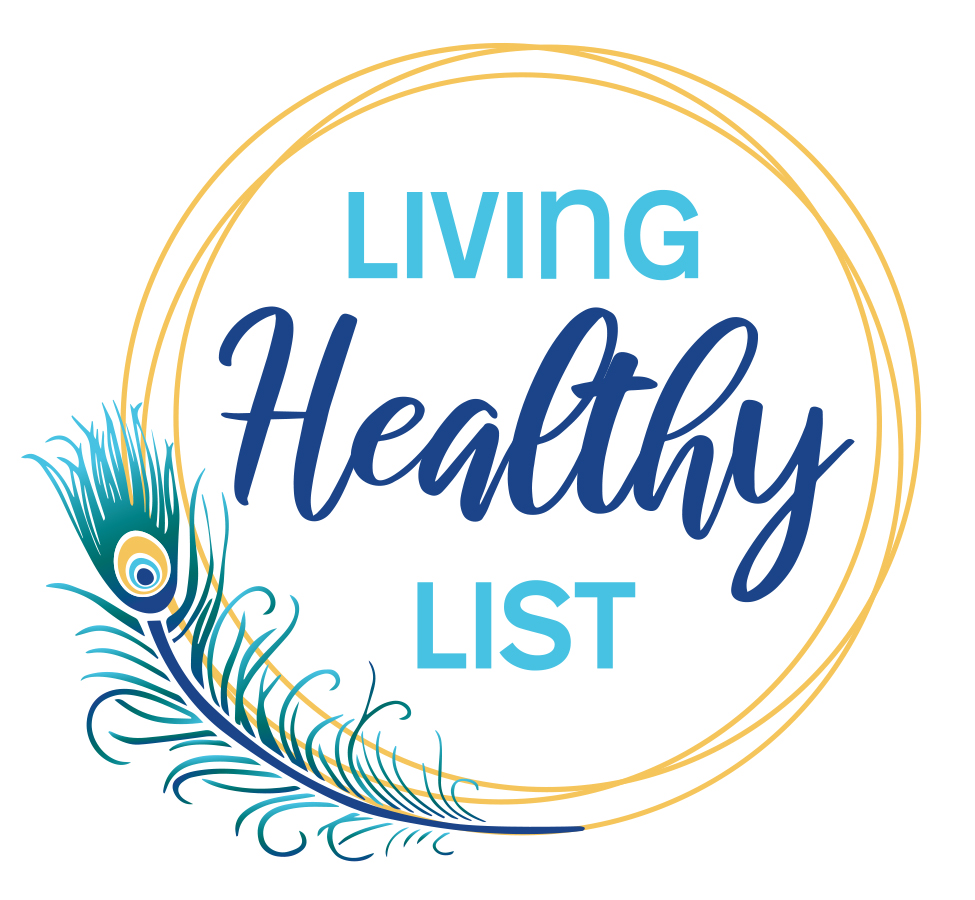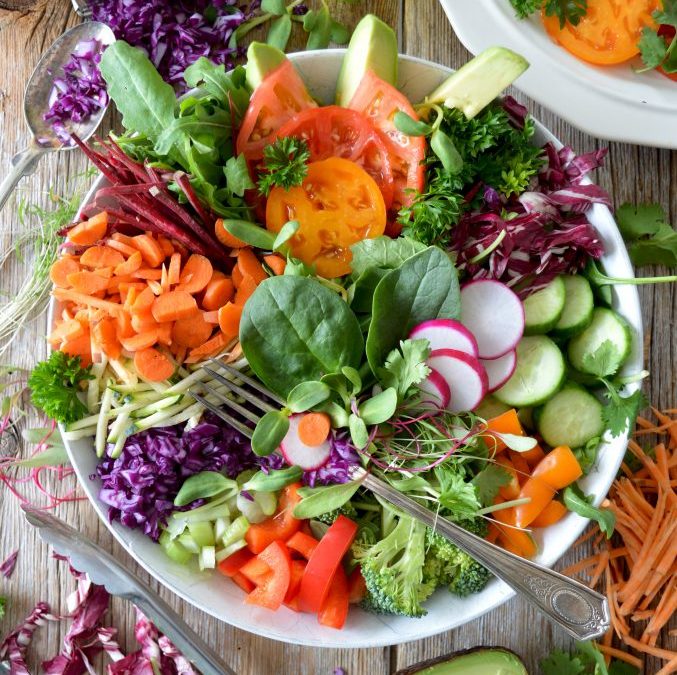Your gut and its inhabitants, the microorganisms that make up your gut microbiome have many key functions that influence your overall health. A healthy gut microbiome is important for men and women of all ages and something to take into consideration when it comes to your lifestyle and dietary choices. I bet you’ve never thought to feed your beneficial bacteria.
Research continually shows that your gut microbiome can influence your overall health. Specifically through the production of metabolites that can positively or negatively interact with your immune, cardiovascular, metabolic, and nervous systems.
Although a ‘healthy’ gut microbiome has yet to be defined, there are properties that are strongly associated with healthy people. Bacterial diversity describes the balance of the different types of bacteria. It is a measure of how many different types of bacteria are present and their amounts. Bacterial diversity is important especially to increase the beneficial bacteria.
Healthy people tend to have a higher bacterial diversity compared to people with conditions such as metabolic diseases and some autoimmune diseases[1] (Valdes et al 2018). A low diversity can suggest poor microbiome health and reduces the resilience of your gut microbiome to disturbances[2].
Short-Chain Fatty Acids
One of the key functions of your gut bacteria, when fed the right foods, is the production of Short-Chain Fatty Acids (SCFAs). SCFAs contribute to important bodily functions such as managing your appetite, maintaining a healthy gut barrier, suppressing inflammation, managing your blood sugar levels, and supporting healthy digestion3.
Interestingly, we also see that gender can play a role in the makeup of the gut microbiome, for example, using Microba’s own Discovery Dataset of 6,000 people, we are able to predict gender with an accuracy of 90%! We also see species differences in men and women, where women have higher levels of the bacteria Akkermansia, and men were more likely to have Faecalibacterium prausnitzii present.
What you eat is an influential factor in your microbiome’s health! Certain foods can positively influence the levels of beneficial bacteria, whereas other types of food can fuel not-so-beneficial bacteria. It can also impact your gut bacteria’s ability to produce metabolites that are beneficial for your health. So, beneficial bacteria are important to think about when deciding what you are going to eat!
Prebiotics help to support a diverse microbiome. Prebiotics are food ingredients (found in plant-based foods!) that cannot be broken down by human enzymes. They travel undigested through the small intestine to the large intestine where they promote the growth of beneficial bacteria[3]. Many (but not all) prebiotics are plant fibers.
Fiber & Fermentation
Your gut bacteria use a process called fermentation to extract energy from this undigested fiber, which results in the production of SCFAs[4].
If our gut bacteria are unable to find fiber to ferment, many bacteria can also ferment excess protein in the diet. It’s not an ideal process as it can increase inflammation 2. When you eat a high-fiber diet every day, you can reduce the amount of protein that is fermented by your gut bacteria and reduce its potential to produce pro-inflammatory metabolites.
The key to consuming a high fiber diet is to load up on plant foods such as fruits, vegetables, whole grains, nuts, seeds, and legumes every day2.
For many people, it may be attractive to simply take one of the gut health products available on the market. However, most beneficial foods your gut bacteria thrive on are readily available at the local grocery store and require minimal preparation time!
In fact, here are some simple and affordable ways you can start including more plants into your diet to improve the levels of beneficial bacteria in your gut:
How to Feed Beneficial Bacteria
- Eat a varied diet. Instead of choosing the same fruits and vegetables each day, try mixing it up by eating what is in season. Think about all the colors of the rainbow. You could also alternate between a high fiber bran-based cereal and oatmeal for your breakfast.
- Get creative with your meals by adding lentils or chickpeas to salads. Swap regular wheat pasta for buckwheat pasta or try cooking with alternative grains like quinoa, couscous, or polenta instead of rice.
- Try ‘Meat-Free’ Mondays! One vegetarian meal a week is a great way to increase fiber in your diet. Vegetables are no longer considered a side dish and should be the main feature of your meals! Legumes, chickpeas, and beans can be added to your meals when eating vegetarian to boost the protein content to maintain a healthy balanced meal.
About the Author

Bianca Maree is a specialist Accredited Practising Dietitian and Lead Microbiome Coach at Microba. Her expertise is in managing food intolerances associated with Irritable Bowel Syndrome (IBS). She is passionate about understanding how the microbiome and other lifestyle factors can impact IBS sufferers and how an integrative approach can better manage this condition.
References
[1] “Role of the gut microbiota in nutrition and health.”
[2] “Diversity, stability and resilience of the human gut microbiota.”
[3] Gibson, G. R. et al. Expert consensus document: The International Scientific Association for Probiotics and Prebiotics (ISAPP) consensus statement on the definition and scope of prebiotics. Nat. Rev. Gastroenterol. Amp Hepatol. 14, 491 (2017).
[4] Singh, R. K. et al. Influence of diet on the gut microbiome and implications for human health.
J. Transl. Med. 15, 73 (2017).


